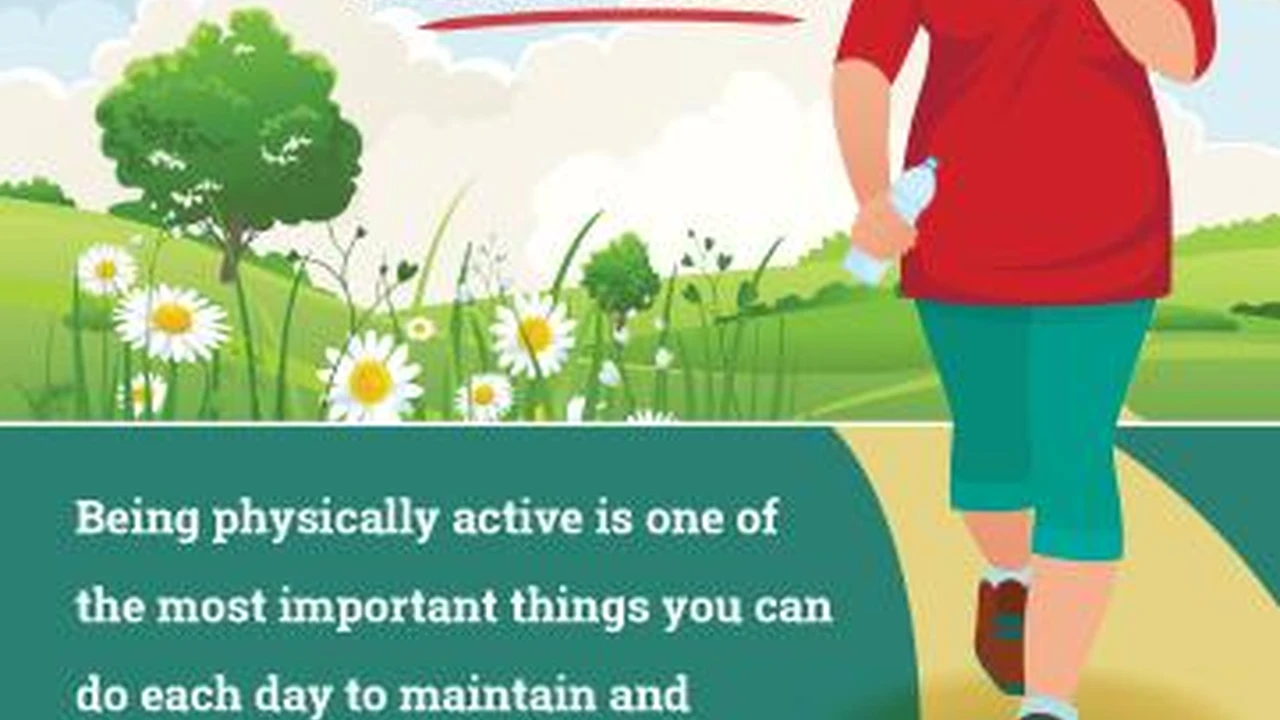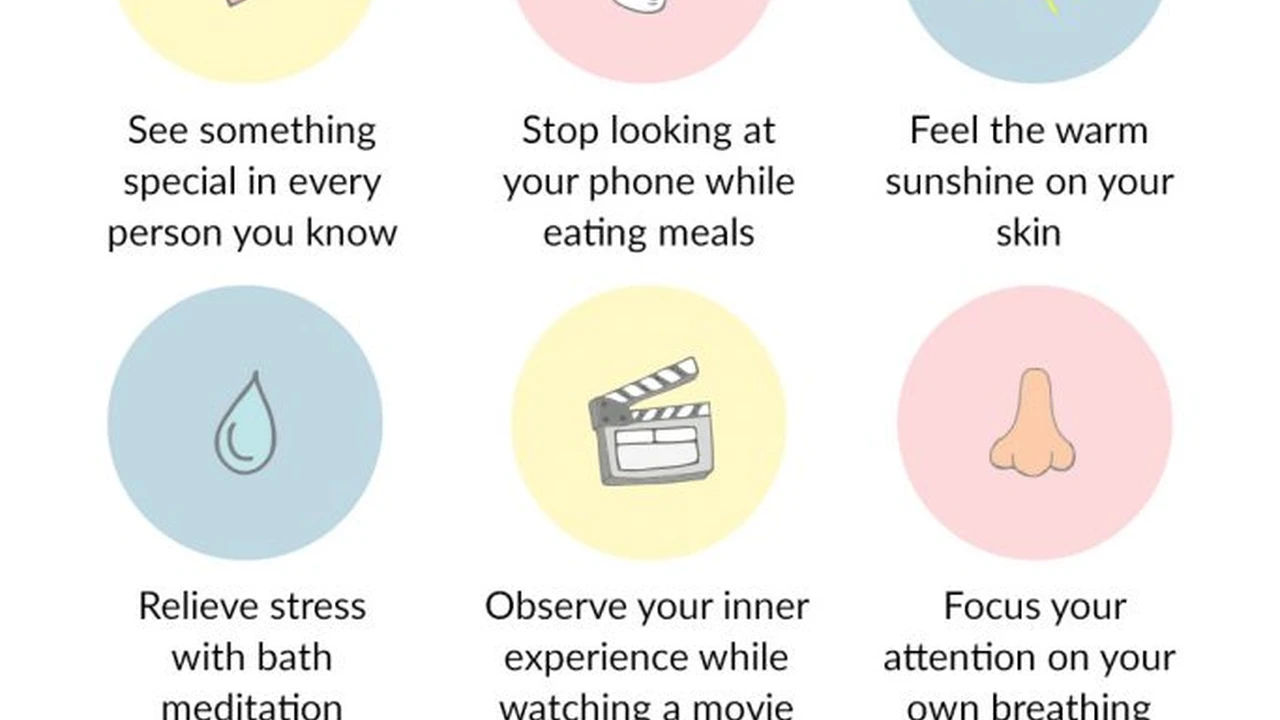How to Stay Motivated to Exercise: Tips and Strategies
Sample meta description.

Understanding the Psychology of Exercise Motivation
Okay, let's be real. We all know we *should* exercise. But actually *doing* it? That's a whole different ballgame. It's not just about physical strength; it's about mental fortitude. Understanding the psychology behind why we struggle with exercise motivation is the first step to conquering it.
Think about it. What's your immediate reaction when someone says "exercise"? Do you picture sweat, pain, and exhaustion? Or do you envision feeling energized, strong, and accomplished? Your perception plays a huge role. If you associate exercise with negativity, it's no wonder you're unmotivated!
One key concept is intrinsic vs. extrinsic motivation. Intrinsic motivation comes from within. You exercise because you genuinely enjoy it, you feel good afterward, or you're passionate about a specific sport. Extrinsic motivation, on the other hand, comes from external factors like wanting to lose weight, impress someone, or win a competition. While extrinsic motivation can be a good starting point, it's often not sustainable long-term. We need to find ways to tap into our intrinsic motivation to make exercise a lasting habit.
Another crucial factor is goal setting. Vague goals like "get in shape" are rarely effective. They're too broad and lack a clear path to success. Instead, we need to set SMART goals: Specific, Measurable, Achievable, Relevant, and Time-bound. For example, "Run a 5k in 3 months" is a much more effective goal than "get in shape."
Setting Realistic Exercise Goals for Long-Term Success
So, how do we set these SMART goals? Let's break it down. First, be specific. Instead of saying "I want to exercise more," say "I want to go for a 30-minute walk three times a week."
Next, make it measurable. Track your progress. Use a fitness tracker, a journal, or an app to monitor your workouts. This will give you a sense of accomplishment and help you stay on track.
Ensure your goals are achievable. Don't try to go from zero to hero overnight. Start small and gradually increase the intensity and duration of your workouts. Remember, consistency is key.
Make sure your goals are relevant to your overall health and fitness objectives. Are you trying to lose weight? Build muscle? Improve your cardiovascular health? Choose activities that align with your goals.
Finally, set a time-bound deadline. This will create a sense of urgency and help you stay focused. For example, "I want to be able to run a mile without stopping in 6 weeks."
Remember to celebrate your successes along the way. Reward yourself for reaching milestones. This will help reinforce positive habits and keep you motivated.
Finding Exercise Activities You Actually Enjoy for Sustainable Motivation
This is a big one! If you dread every workout, you're not going to stick with it for long. The key is to find activities you genuinely enjoy. Think back to your childhood. What activities did you love? Maybe it was swimming, dancing, biking, or playing a sport. Revisit those activities or explore new ones that pique your interest.
Don't be afraid to experiment. Try different classes, sports, and activities until you find something that clicks. Consider your personality and preferences. Are you an extrovert who thrives in group settings? Try a Zumba class or a team sport. Are you an introvert who prefers solitude? Try running, swimming, or yoga.
Another tip is to make exercise social. Work out with a friend, join a running club, or take a group fitness class. Having a workout buddy can provide accountability, support, and motivation.
And don't forget to mix things up! Doing the same workout day after day can lead to boredom and burnout. Vary your routine to keep things interesting and challenge your body in different ways.
Creating a Supportive Exercise Environment and Building a Routine
Your environment plays a significant role in your exercise motivation. Surround yourself with things that inspire and encourage you to work out. This could include:
- Creating a home gym: Even a small space with a few basic pieces of equipment can make a big difference.
- Hanging motivational posters: Visual reminders of your goals can help you stay focused.
- Laying out your workout clothes the night before: This eliminates the excuse of not having time to get ready.
- Making a workout playlist: Music can be a powerful motivator. Choose songs that energize and inspire you.
Building a routine is also crucial for long-term success. Schedule your workouts like any other important appointment and stick to them as much as possible. Consistency is key to forming a habit.
Try to find a time of day that works best for you. Are you a morning person? Get your workout in before the day gets started. Are you more of an evening person? Hit the gym after work. Experiment until you find a time that fits your schedule and energy levels.
Don't be afraid to adjust your routine as needed. Life happens, and sometimes you'll need to reschedule or modify your workouts. The important thing is to stay flexible and keep moving forward.
Overcoming Common Exercise Motivation Barriers and Staying Consistent
We all face obstacles that can derail our exercise motivation. Here are some common barriers and how to overcome them:
- Lack of time: Break up your workouts into smaller chunks. Even 10-15 minutes of exercise can make a difference. Take the stairs instead of the elevator, walk during your lunch break, or do a quick workout video at home.
- Lack of energy: Schedule your workouts for times when you have the most energy. Get enough sleep, eat a healthy diet, and stay hydrated.
- Feeling intimidated: Start small and gradually increase the intensity of your workouts. Find a workout buddy or take a class to feel more comfortable.
- Feeling discouraged: Remember that progress takes time. Don't get discouraged if you don't see results immediately. Focus on the process and celebrate your small victories.
It's also important to be kind to yourself. Don't beat yourself up if you miss a workout or slip up on your diet. Just get back on track as soon as possible. Remember, it's a journey, not a race.
Leveraging Technology for Enhanced Exercise Motivation and Tracking
Technology can be a powerful tool for boosting your exercise motivation. Fitness trackers, apps, and online communities can provide valuable support, accountability, and data to help you stay on track. Here are some examples:
- Fitness trackers (Fitbit, Apple Watch, Garmin): These devices track your steps, activity levels, sleep patterns, and heart rate. They can also provide personalized insights and recommendations to help you improve your fitness.
- Fitness apps (MyFitnessPal, Strava, Nike Training Club): These apps offer a variety of features, including workout tracking, nutrition logging, goal setting, and social support.
- Online communities (Reddit fitness forums, Facebook workout groups): These communities provide a space to connect with other fitness enthusiasts, share tips and advice, and find motivation and support.
Use these tools to track your progress, set goals, and stay connected with others. The data and insights they provide can help you make informed decisions about your training and nutrition.
Recommended Products to Enhance Your Workout Experience and Motivation
Let's talk gear! Having the right equipment can definitely make your workouts more enjoyable and effective. Here are a few recommendations, covering different needs and budgets:
For Cardio Enthusiasts:
NordicTrack Commercial 1750 Treadmill
Use Case: This is a fantastic all-around treadmill for home use. It's great for walking, jogging, and running, offering a variety of incline and speed settings. The built-in iFit interactive training platform provides access to thousands of on-demand workouts led by expert trainers.
Comparison: Compared to cheaper treadmills, the NordicTrack Commercial 1750 offers a more powerful motor, a larger running surface, and more advanced features like automatic incline adjustment. It's a significant investment, but it's worth it if you're serious about cardio.
Price: Approximately $2,000 - $2,500
Schwinn IC4 Indoor Cycling Bike
Use Case: Perfect for simulating outdoor cycling indoors. It's a great option for those who want a low-impact cardio workout that's easy on the joints. The Schwinn IC4 is compatible with popular fitness apps like Peloton and Zwift, allowing you to participate in virtual cycling classes.
Comparison: Compared to the Peloton bike, the Schwinn IC4 is a more affordable option that still offers a high-quality cycling experience. It lacks the built-in screen of the Peloton, but you can easily use your own tablet or smartphone.
Price: Approximately $800 - $1,000
For Strength Training Aficionados:
Bowflex SelectTech 552 Adjustable Dumbbells
Use Case: These adjustable dumbbells are a space-saving solution for home strength training. They allow you to quickly and easily adjust the weight from 5 to 52.5 pounds, making them suitable for a wide range of exercises.
Comparison: Compared to buying a full set of individual dumbbells, the Bowflex SelectTech 552s are much more convenient and affordable. They're a great option for those who want to build muscle without taking up a lot of space.
Price: Approximately $400 - $450 (for a pair)
Resistance Bands Set (Various Brands)
Use Case: Resistance bands are versatile and affordable tools for strength training. They can be used for a variety of exercises, including squats, lunges, bicep curls, and tricep extensions. They're also great for stretching and rehabilitation.
Comparison: Compared to free weights, resistance bands are less bulky and easier to travel with. They're also a good option for beginners who are just starting out with strength training.
Price: Approximately $20 - $50 (for a set)
For Yoga and Flexibility Focus:
Manduka PRO Yoga Mat
Use Case: A high-quality yoga mat is essential for a comfortable and safe practice. The Manduka PRO is known for its durability, thickness, and non-slip surface. It's a great investment for serious yogis.
Comparison: Compared to cheaper yoga mats, the Manduka PRO offers superior cushioning and grip. It's also more durable and will last longer. While more expensive, it provides a better experience overall.
Price: Approximately $120 - $150
Yoga Blocks (Various Brands)
Use Case: Yoga blocks can help you improve your flexibility and stability in various yoga poses. They're particularly useful for beginners or those with limited flexibility.
Comparison: Different brands offer yoga blocks made from different materials (foam, cork, wood). Foam blocks are generally more affordable and lightweight, while cork and wood blocks are more durable and provide better support.
Price: Approximately $10 - $30 (per block)
Remember to Listen to Your Body and Prioritize Recovery for Sustained Exercise Motivation
Finally, and perhaps most importantly, listen to your body. Don't push yourself too hard, especially when you're just starting out. Rest and recovery are just as important as exercise. Make sure you're getting enough sleep, eating a healthy diet, and taking rest days when you need them.
If you're feeling pain, stop and rest. Don't try to push through it. Ignoring pain can lead to injuries that will set you back even further.
Remember, exercise is a journey, not a destination. There will be ups and downs along the way. The important thing is to stay consistent, listen to your body, and have fun!
:max_bytes(150000):strip_icc()/277019-baked-pork-chops-with-cream-of-mushroom-soup-DDMFS-beauty-4x3-BG-7505-5762b731cf30447d9cbbbbbf387beafa.jpg)





